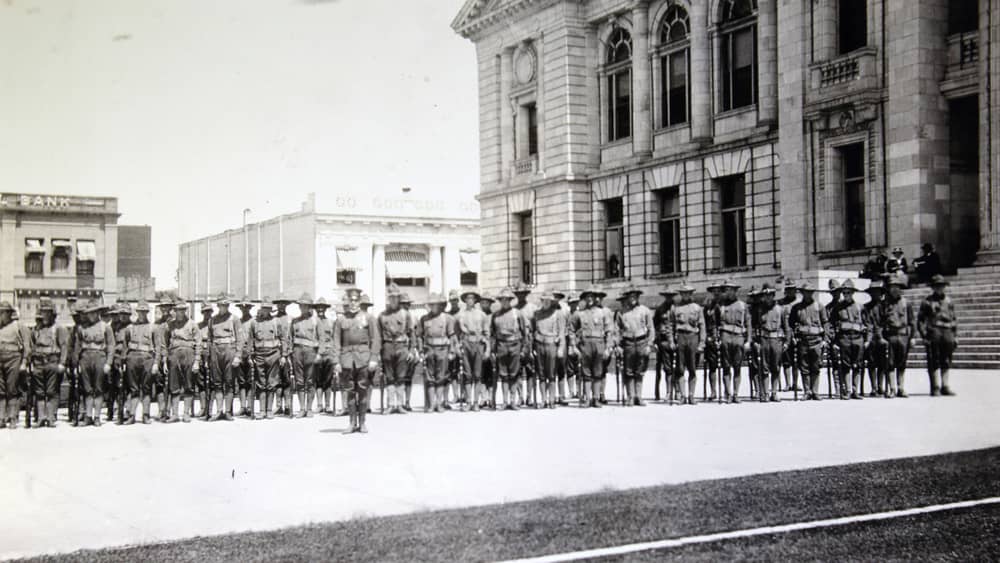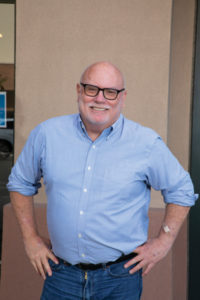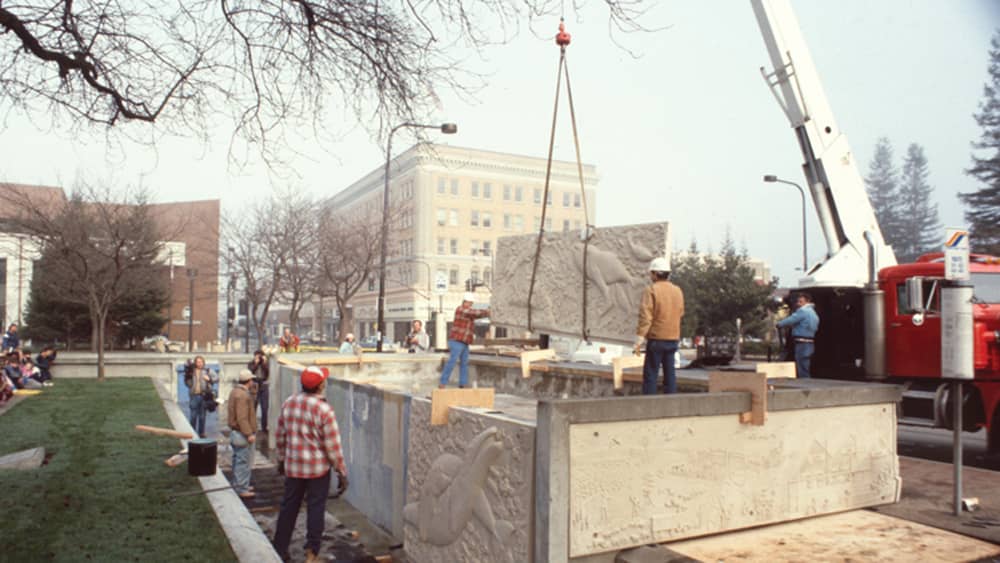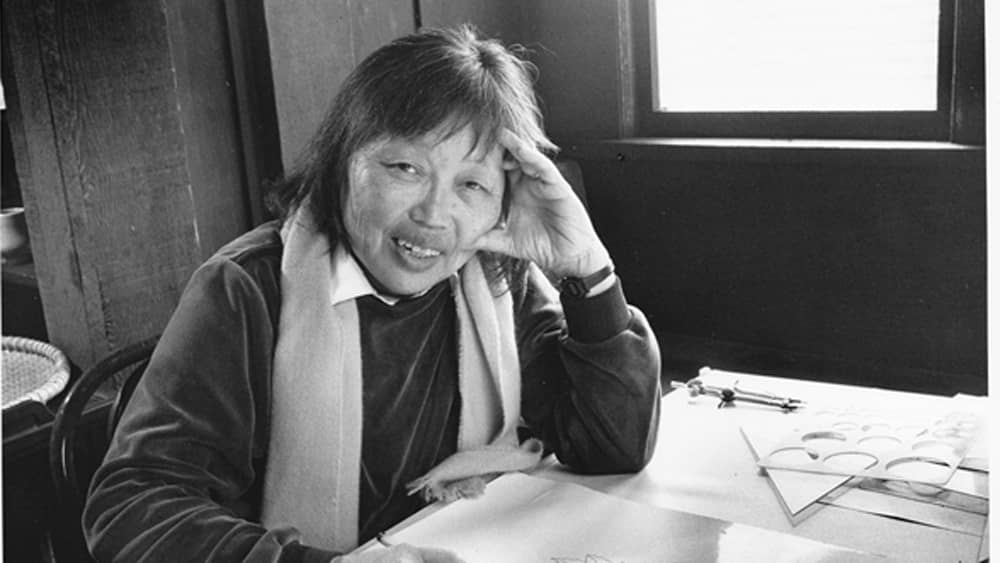
Throughout history in large cities and small towns around the world, a centrally-located square has served as both a civic center and a marketplace, offering a place for commerce, as well as a spot for discussion and community gatherings. Some squares are iconic and internationally known, think New York City’s Times Square or the Piazza San Marco in Venice. Others are local plazas of small towns, the kind featured in Hallmark movies where long-lost high school sweethearts reunite with a kiss under the stars in a gazebo.
The creation of town-square areas usually took place as towns were being settled in the late 19th and early 20th centuries in California, a time when the discovery of the state’s treasures was leading to rapid investment and growth.
In 1854, the property for Old Courthouse Square was donated to the County of Sonoma by Julio Carrillo, Barney Hoen, J.W. Hartman and Ted Hahman. That same year, the seat of Sonoma County was moved from Sonoma to Santa Rosa. For the next 30 years, the seat of the county government was located adjacent to the square. In 1884, the first courthouse on the site was dedicated by General Vallejo. The earthquake of 1906 destroyed that building and much of Santa Rosa, but a cornerstone for a new courthouse on the square was laid in 1908. The area around the last courthouse on the square served as the center for the Administration of Justice in Sonoma County for 82 years. To commemorate its long use as the legal center for the county, the plaza was named Old Courthouse Square. (Sonoma County gradually outgrew the courthouse, and in 1966 it was demolished.)
A civic gathering place
In 2017, Old Courthouse Square, which had been split by Fourth Street at one time, was reunified and reconstructed to create a civic gathering place in the heart of downtown Santa Rosa. The granite steps from the original courthouse were used to form the frame around the lawn, representative of the footprint of the original courthouse on the square. The revitalized Old Courthouse Square is an open, flexible space that is family-friendly, with wide sidewalks suitable for outdoor dining, public WiFi, bicycle parking, sustainable landscaping, lighting, accessible motor vehicle parking and hydration stations that also preserves existing historical elements.
Town squares are often the settings for a civic building and are a space where the community comes together to meet for ceremonial occasions and entertainment. As is the case around most town squares, Santa Rosa’s square includes businesses such as theaters and cinemas, cafes, shops and services, and it’s pedestrian-friendly. Like many other squares, Santa Rosa’s town square was once tied to a great civic building, a grand courthouse. Today the historical courthouse is no longer within the proximity of the square but the legacy of the building lives on in the square’s name.
Peter Rumble, CEO of Santa Rosa Metro Chamber, has lived with his family in Santa Rosa since 2007. When he moved to Sonoma County’s largest city, he thought the downtown area was nice, but missing a central focal point that a well-developed square and park area provides for a downtown area. With the renovation that started in 2017, he was happy to see the city make Courthouse Square into a place that would provide the community with a point where they could come together and gather to celebrate the different holiday seasons and experience events such as Pride. He has traveled internationally and has seen how plazas in large and small cities help create a thriving community.

Pandemic times
The pandemic dealt a hard blow to many businesses located along the square, which includes restaurants and bars, retail stores selling clothing, jewelry, curated items, and artisan crafts featuring everything from fair trade to locally-made boutique items. Bookstores, hair and nail salons, tattoo parlors and barbershops are just a few of the other types of businesses that offer a diverse mix of services. Spaces that house banks, architecture firms, the chamber of commerce, and nonprofit organizations, along with business offices for other professionals such as attorneys and accountants occupy buildings around the square and nearby downtown areas.
Sonoma Clean power is downtown too, in a cool storefront that showcases energy-efficient green workings for the home. There is a substation at the transit mall one block over, and police and fire stations close by, as well as a State of California building, the main post office, and the central branch of the County Library. Extremely affordable garages are scattered around downtown, so no matter where you want to go, you don’t have to walk more than two blocks. There is also parking along the sides of the square and along the downtown streets.

According to Rumble, Old Courthouse Square is different than some other squares in that it was purposefully built to accommodate large community events. It was also designed so that it can be multi-purpose where there isn’t an event. Umbrellas and chairs are set up for people so people can sit comfortably and talk. Because of its size, there are numerous opportunities for commerce around the square.
Dining on the square
One of the most popular types of business around the square are restaurants. Bhupinder “Sonu” Singh Chandi, the owner of family-run Chandi Hospitality Group, knows a thing or two about running a restaurant. Chandi has owned casual dining venues such as pizza places (Mountain Mike’s) along with high-end dining establishments (Bollywood Bar and Clay Oven) and has learned what it takes to create a successful dining venue.
First fires swept through Sonoma County starting in 2017, followed by the pandemic which created havoc for restaurants, forcing Chandi and his colleagues to restrategize. Beer Baron, one of the hospitality group’s signature restaurants, sits on a key corner of Old Courthouse Square. Chandi was first attracted to the property because of its large patio and location and envisioned people enjoying the space year-round. With a covered patio, the restaurant is a popular gathering spot, but COVID-19 presented many challenges—from a slowdown in patronage to difficulties with staffing. For Chandi, it’s hard to say how things are different for Beer Baron with the renovation of the square because the square was completed shortly before the 2017 Tubbs fire filled the city with smoke, which hindered people using the outdoor space. The following year more fires followed, then shortly after, the world nearly closed due to the pandemic.
Currently, the restaurants around the square are starting to rebound thanks in part to efforts by the Downtown Action Organization (DAO). Chandi is a founding member and serves on the community engagement committee, helping to plan events and activities. He often brings his kids to the square and wants to continue to see small activities that don’t take a lot of effort be made available for families. “It’s my passion to see downtown thrive,” says Chandi, noting that having events in the square help drive people to local businesses, and if people come to the square and have a good experience, chances are high they will return and have another meal or a drink. “It takes a commitment from residents to build an urban community. If local businesses invest now, it will be a great thing in the long run. Chandi Hospitality is in the process of putting our head offices downtown, that’s how committed we are to the vitalization of Santa Rosa,” he says.
Developer commitment to the community
“The commitment we had for a long time is to help revive and transform Santa Rosa’s central core. Placing a four-star hotel on the reunified square is part of the strategy,” says CEO Hugh Futrell, Hugh Futrell Corporation. The Hugh Futrell corporation plans to develop and build mixed-use midrise buildings, single-family housing subdivisions, market-rate and rent-restricted multi-family residential projects, hotels, office and retail complexes and healthcare facilities. The company’s motto is: “We help communities thrive, grow, sustain, remember the past and write the future.” Futrell has been instrumental in downtown Santa Rosa’s revitalization.

Futrell’s firm and its partner, an affiliate of Greystone Hotels, has brought the first hotel to the square, featuring luxury accommodations and the Enology Lounge wine bar. The iconic historic clock tower building in the center of the city, he says, was the perfect place for Hotel E. He renovated the building from the inside out by restoring ceilings in the lobby and restoring parts of the exterior to their pristine original state while also modernizing the building. With hospitality recovering, the hotel’s occupancy in September rose to 80%. Though Futurell expects the hotel to be utilized by tourists, corporations, and locals wanting a space for events, he also anticipates the members of the community will stop by the wine lounge to meet up with friends and colleagues. Hotel E is just part of what Futrell brings to downtown. His firm has built and owns nine buildings in the downtown core, including a second hotel that just opened, Art House. “A city can never be just one thing,” says Futrell. “It’s housing, jobs, retail, green spaces, schools, and above all community feeling—a deep sense of rootedness and connection.”
Managing the square
A well-managed square is generally beyond the scope of the average city parks or public works department, which is why partnerships have been established to operate most of the best squares in the United States. Cadance Hinkle Allinson is the executive director of the Downtown District and works with the Metro Chamber. Santa Rosa has two community benefit districts, Historic Railroad Square and Downtown Santa Rosa that property owners established, paying assessments to invest in safety and beautification within the district. She works with the City of Santa Rosa to oversee maintenance and activation of Courthouse Square, including community outreach for events and activities.

This winter she helped bring a winter lights event and a synthetic ice rink to Old Courthouse Square. Allinson has been receiving calls for years that the community wants a skating rink in the square during the winter months, but the amount of water that is needed for an ice rink isn’t responsible for an area plagued by drought. The synthetic rink uses no water or power to be operational and the festive atmosphere will include lights and music for the 40 to 50 days when skating is offered. “It might not be exactly what people originally requested, but it shows we want to bring activities to the community that are mindful of environmental impact,” says Allinson. The square will also feature special outdoor holiday markets, food and drinks, and activities for kids and retailers and restaurants will be featuring special holiday deals and promotions.
Making history at the square
Eric Stanley, associate director and curator of history for the Museum of Sonoma County understands the importance of Old Courthouse Square in the development of the community for Santa Rosa and the county in general. The museum houses photos from many gatherings that took place at the square and pivots around major historical events. World War I’s Company E gathered there before shipping off to war in 1917. An impromptu parade led by the city’s fire trucks, took place in and around the plaza when word came in from Europe that World War II had ended.
“The square became not only the symbol of reconstruction but, once again, the heart of the city and the surrounding towns,” says Stanley. “Crowds gathered there regularly. Sometimes it was business, like bidding on the property being sold for back taxes, other times it was a celebration or performance by the municipal band or protests like the gathering in 1933 that brought 3,000 or more farmers from across the region to the courthouse steps to protest foreclosure laws in general and to stop the bank seizure of Forestville rancher James L. Case’s cherry and apple orchard,” says Stanley.
The future of the square
The square is starting to look and feel similar to how it was before the pandemic and business is picking up. COVID-19 inspired businesses to activate sidewalk space, and it’s a successful feature that could be in place for a while. “The events we hold at the square are bringing in people who don’t always come downtown and it’s good for our businesses to be creative and connect with newcomers,” says Allinson.

Futrell says that by making a major financial commitment, he hopes that the environmental, social, economic and aesthetic aspects of downtown Santa Rosa continue to accelerate. Old Courthouse Square is a space where the community continues to thrive. Since its inception, it has been a place where stories are created and told. As the poet, novelist, and environmentalist Wendell Berry is known to have said, “Community exists only when people know each others’ stories.” There is no doubt that Old Courthouse Square will be around for many more generations to come.
Asawa Fountain
Historically, town squares were the epicenter of a community, and many featured a beautiful fountain in the center. In 1988, Santa Rosa’s City Council unveiled a striking fountain created for Old Courthouse Square by artist Ruth Asawa. Born in 1926 to first-generation Japanese immigrants, Asawa grew up helping her parents who farmed for a living and learned the value of hard work at an early age. Though based in San Francisco as an adult, she had a special relationship with Sonoma County. She and her husband had property in Guerneville near Armstrong Woods, where they’d bring their young family to swim in the Russian River and sleep amongst the splendor of the redwoods. She also brought her six children to pick apples during the summer in Sebastopol to teach them the value of labor.

Other panels on the fountain depict Sonoma County landmarks such as the Round Barn, along with historical events and images of people farming and working in other land-use professions. Asawa wanted to cast the fountain’s panels in bronze, but it was cost-prohibitive at the time. Instead, she used an industrial material that is used to make skyscrapers, glass-fiber reinforced concrete. Unfortunately, over time and with exposure to the elements and the water from the fountain, the panels began to degrade.

While working on the original fountain project, Asawa became deathly ill and was diagnosed with Lupus. Fortunately, the City of Santa Rosa gave her an extension, and she was able to complete her work. When the fountain was taken down before the renovation of the square, the panels Asawa had so carefully crafted were removed. They were in need of repair, especially the panels on the side with water, and much of the surface detail was gone where the water had flowed over them. The panels were transported off-site, and one of the largest panels broke during transportation. The decision was made to build a new fountain, and the city worked with Asawa’s family and others on recommendations to recast the panels. This time, however, they decided to cast them in bronze. The city’s Art in Public Places committee unanimously approved the decision. The gap in funding to resurrect the fountain was done through a successful fundraising campaign. Asawa passed away in 2013 and Lanier says that her mother would be happy to know the new panels will be made from bronze, as she had originally wanted.
Unum
Joining Asawa’s fountain on the square will be artist Blessing Hancock’s 12-feet high, 15-feet wide, stainless steel sculpture. Named “Unum”—Latin for oneness or together—the artwork symbolizes and celebrates innovation, diversity, and engagement as leading values of Santa Rosa. The words featured, submitted by community members in more than 10 languages that are used in the area, will be cut into the surface with water jets. The words will cast shadows when sunlight hits them and will come to life at night when they are lit up from the inside.
Inspired by the unified Old Courthouse Square, the sculpture embraces themes of welcoming and inspiration, and relay the values of innovation and cultural inclusivity through the featured words and phrases that were collected through a community engagement process with the goal of inspiring people living in, and visiting the area to reflect on what is special about the community, and encourage them to gather in the square and downtown area to experience what Santa Rosa has to offer.



